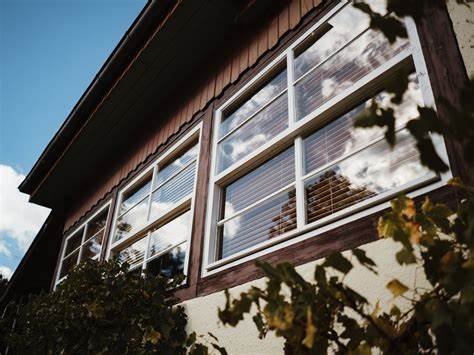Window tinting is a popular solution for enhancing privacy, improving energy efficiency, and enhancing the aesthetics of residential and commercial buildings. With a wide range of options available, from decorative films to security coatings, window tinting offers numerous benefits for homeowners and businesses alike. In this article, we’ll explore the benefits of window tinting, discuss different options available, and provide installation tips for achieving optimal results.
Benefits of Window Tinting
1. Enhanced Privacy
Window tinting provides increased privacy by reducing visibility from the outside while still allowing natural light to enter. This is particularly beneficial for homes or businesses located in busy or densely populated areas.
2. Improved Energy Efficiency
Tinted windows help regulate indoor temperatures by reducing heat transfer through windows. This can result in lower energy consumption and reduced utility bills, especially during hot summer months.
3. UV Protection
Window tinting blocks harmful UV rays from entering the building, protecting occupants and interior furnishings from sun damage and fading. This is particularly important for preserving the integrity of wood furniture, flooring, and artwork.
4. Glare Reduction
Tinted windows reduce glare from sunlight and harsh artificial lighting, creating a more comfortable and visually appealing indoor environment. This is especially beneficial in office buildings or homes with large windows.
5. Security and Safety
Certain types of window tinting offer enhanced security features, such as shatter resistance and intrusion prevention. This can help deter burglars and protect occupants from injury in the event of accidents or natural disasters.
Options for Window Tinting
1. Solar Window Film
Solar window film is designed to reduce heat and glare while still allowing natural light to enter. It comes in a variety of shades and levels of opacity to suit different preferences and needs.
2. Decorative Window Film
Decorative window film adds style and visual interest to windows while providing privacy and UV protection. It comes in a range of patterns, textures, and colors, allowing for customization and creativity in design.
3. Security Window Film
Security window film is designed to reinforce glass and prevent shattering upon impact. It provides an added layer of protection against forced entry, vandalism, and natural disasters.
Installation Tips for Window Tinting
1. Clean and Prepare Windows
Before applying window tinting film, thoroughly clean and dry the windows to remove any dirt, dust, or residue. Use a glass cleaner and a lint-free cloth for best results.
2. Measure and Cut Film
Measure the dimensions of each window and cut the tinting film to size, leaving a slight overlap on all sides to ensure full coverage. Use a sharp utility knife or scissors for precise cutting.
3. Apply Tinting Film
Peel off the protective backing from the tinting film and carefully apply it to the window surface, starting from the top and working your way down. Use a squeegee to smooth out any air bubbles and ensure a tight, uniform fit.
4. Trim Excess Film
Once the tinting film is applied, use a sharp knife or blade to trim any excess film along the edges of the window frame for a clean finish.
5. Allow Film to Cure
Allow the tinting film to cure for at least 24 to 48 hours before cleaning or exposing it to moisture. This allows the adhesive to fully bond to the glass surface for optimal performance.
Personal Narrative: My Experience with Window Tinting
When I decided to upgrade the windows in my home, I chose to invest in window tinting for its numerous benefits. Not only did it provide added privacy and security, but it also helped reduce glare and UV exposure, creating a more comfortable and energy-efficient indoor environment.
The installation process was relatively straightforward, and with the help of a professional installer, I was able to achieve seamless results. The tinted windows not only enhanced the aesthetics of my home but also provided peace of mind knowing that my family and belongings were protected from the sun’s harmful rays.
Forward-Looking Trends in Window Tinting
As technology continues to advance, we can expect to see innovations in window tinting materials and techniques. Future trends may include smart window tinting systems with adjustable opacity and remote control capabilities, as well as eco-friendly tinting films made from sustainable materials.
Conclusion
Window tinting offers numerous benefits for homeowners and businesses, including enhanced privacy, improved energy efficiency, and UV protection. With a variety of options available, from solar and decorative films to security coatings, window tinting provides customizable solutions to meet a wide range of needs and preferences. By following proper installation techniques and staying informed about the latest trends, homeowners and businesses can enjoy the many advantages of window tinting for years to come.


